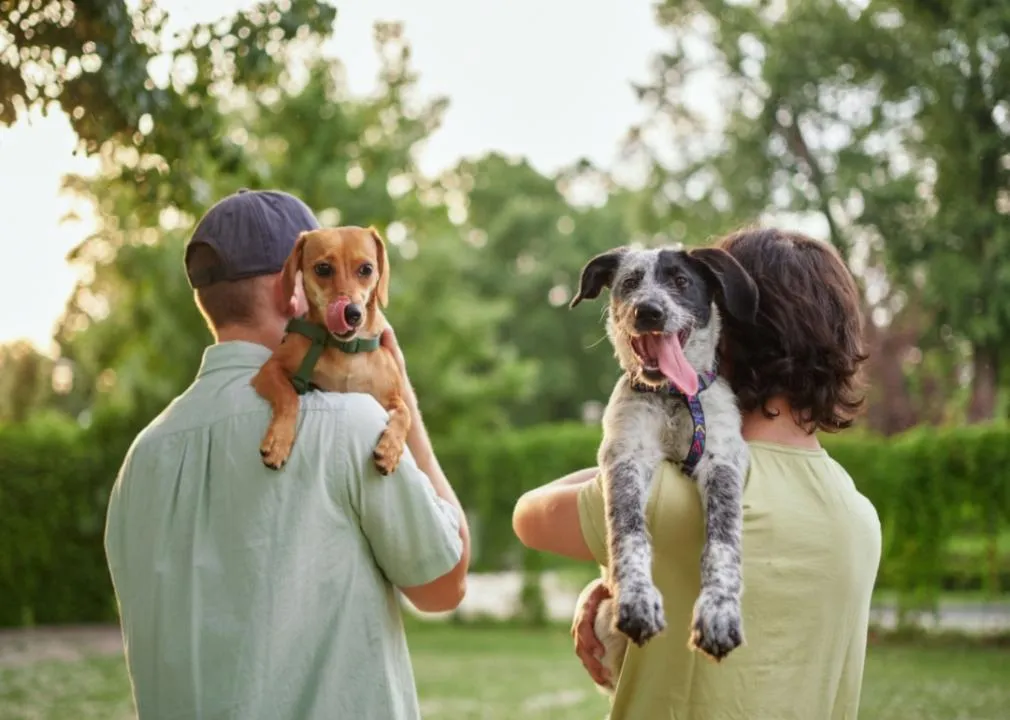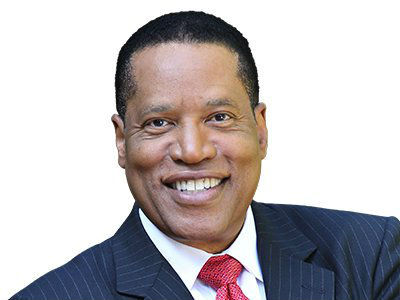Despite more dogs finding their forever homes, here's why shelters are experiencing a capacity crisis
Pets

Audio By Carbonatix
By Colleen Kilday, Stacker

Despite more dogs finding their forever homes, here's why shelters are experiencing a capacity crisis
Of the lucky pups who were adopted last year, it seems more have found their forever homes: The number of dogs surrendered by their owners has decreased by about 4.5% since 2023, according to a 2024 report from Shelter Animals Count.
Collecting data from 13,527 animal shelters and rescues in the U.S., Canada, and U.S. territories, the SAC report also found that the overall dog adoption rate has dipped by about 1% from 2023. However, it's worth noting that when this figure is broken down by the types of organizations, figures can vary: Private shelters reported a 2.6% drop in dog adoptions while government-run organizations saw a more positive 3% increase, for example.
In a different analysis, the Best Friends Animal Society's preliminary 2024 data report also found that government organizations have seen the most adoption success. It reported an even sunnier snapshot that dog adoptions rose overall by 4.7% between December 2023 and November 2024, with a 10.4% increase in dog adoptions among government organizations. The BFAS report collected data from 688 shelters in the U.S.
While some shelters have seen a rise in dog adoption, reports found that organizations across the board have been feeling the strain. The length of stay for dogs at shelters increased, with larger dogs staying the longest at a median of 20 days, compared to 14 days of stay for small dogs, according to SAC data. That means dogs still waiting for new homes of all sizes are staying longer on average in shelters, limiting shelter capacity.
This overcapacity also has a direct impact on animals that must be put down. The BFAS found that the number of dogs euthanized in shelters increased by 5% in 2024. The number of dogs euthanized in shelters is rising, despite more adoptions, because of a nearly 6% increase in dogs taken in, transferred, or returned to shelters. In other words, there are still more dogs coming into shelters than being adopted.
To better understand the trends driving the 2 million dog adoptions in 2024, Ollie examined the latest research from BFAS, SAC, and other sources.

What shelters are doing to raise adoption rates
As Americans spend more time alone—in what Surgeon General Vivek Murthy called a national "loneliness epidemic" in 2023—many people find companionship in dogs to help counter isolation. Not only can new furry friends reduce loneliness, but they can also help catalyze a livelier social life by getting owners out of the house and into the dog park. Plus, they make the cutest of conversation starters.
Though the COVID-19 pandemic and ensuing widespread transition to remote telework increased feelings of isolation, it simultaneously freed up schedules and budgets to welcome new companions. Nearly 1 in 5 American households acquired a cat or dog during the pandemic, according to the American Society for the Prevention of Cruelty to Animals. Consumer spending on pets also rose from 2020 to 2022, particularly among higher-income households, according to the American Veterinary Medical Association.
Still, by 2022, a return to the office, rising inflation, and increased veterinary costs put some new pet parents in a pinch, forcing some dog owners to relinquish or rehome their pets in the wake of the pandemic. Shelters have been struggling since to deal with strained resources and trying to nudge adoption rates back up.
While overall dog adoptions may see uneven results across different types of shelters (certain types of private shelters have ranged from a -5.8% to 3% change in dog adoption rates, for example) bright spots in the rise can be credited to shelters' proactive efforts to encourage adoptions amid continued capacity concerns, which lead to increased euthanasia rates. Some shelters—including those in Massachusetts and California—waive certain adoption fees to incentivize prospective owners and relieve overcrowding.
Shelter facilities are not alone in their efforts to increase adoption rates. Rideshare company Lyft and the Philadelphia Eagles football team are among the many brands and organizations that have launched initiatives to encourage dog adoption across the country by offering discounted pet rides and paying for adoption fees, respectively.
Similarly, organizations like BFAS and SAC are raising awareness about the capacity crisis, and the benefits of adoption may have helped Americans become more receptive to dog ownership in general and adoption specifically. For example, according to its report, SAC's data raising awareness of the capacity crisis appeared in 6,149 news features in 2024.
Part of the increase in dog adoptions may be driven by growing awareness of the impact of adoption, considering that within municipal agencies, or government-owned shelters, dog adoptions are up 10.4%, by some measures.

What to consider if you decide to adopt
Those struck with puppy fever should consider whether their household budget can accommodate a new pet before making the commitment. According to the ASPCA, welcoming a dog into the household can cost about $3,221 in the first year, accounting for one-time expenses such as spay and neuter procedures. After that, dog owners can expect to budget about $1,391 per year, depending on the size and age of the pet.
Additionally, pet owners who travel frequently or have inconsistent work schedules will want to ensure they can afford supplemental care, like daycares or in-home visits, before taking on the time commitment of a dog. While individual needs vary, most dogs should not go longer than six to eight hours without socialization or a bathroom break, according to the American Kennel Club.
Those looking to add to their fur family will want to ensure their current pets are well-socialized before welcoming another dog into the home. Many shelters and adoption agencies allow owners to bring their pets in to meet the potential new pet to ensure they get along.
Another consideration is where to get a dog. In terms of affecting positive change and mitigating the capacity crisis, adoption leads the pack over purchasing from a breeder, according to the BFAS. The group says if just 6% of the 7 million prospective pet owners chose to adopt rather than buy from a breeder, there would be no more needless euthanasia in the nation's shelters—saving upward of 420,000 canine lives.
Additional editing by Alizah Salario. Story editing by Chris Compendio. Copy editing by Paris Close. Photo selection by Lacy Kerrick.
This story was produced by Ollie (Inc) and was produced and distributed in partnership with Stacker.

























